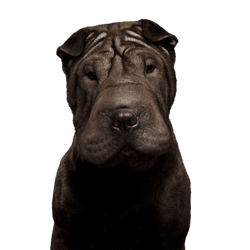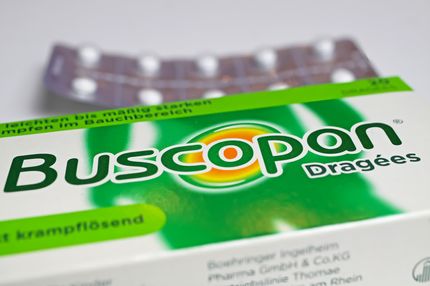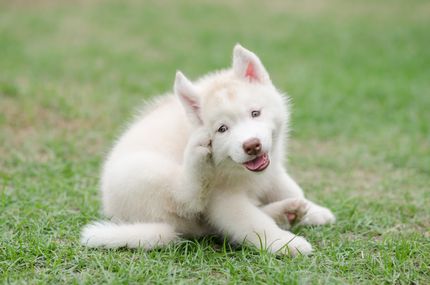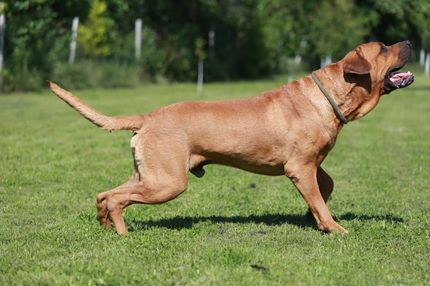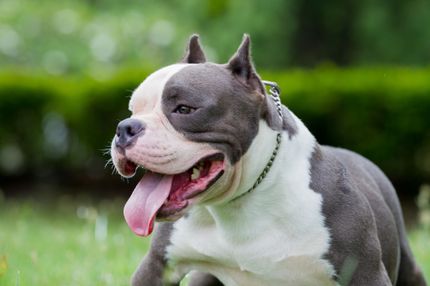Facts & Origin
Weim-Pei: A fascinating mix of Weimaraner and Shar-Pei.
The Weim-Pei is a stunning hybrid dog that combines the unique characteristics of the majestic Weimaraner and the proud Shar-Pei. This particular mix is ideal for experienced dog owners looking for an independent, loyal and brave companion.
Origin and history
The history of the Weim Pei is difficult to pin down due to its relative newness. However, its parent breeds, the Weimaraner and the Shar-Pei, both have a long and distinguished history. The Weimaraner was bred in Germany in the 19th century, while the Shar Pei is an ancient Chinese breed that existed several centuries ago.
The Weim-Pei is a remarkable mixed breed, combining both the strength and bravery of the Shar-Pei and the intelligence and athleticism of the Weimaraner. With proper training and education, this dog can be a loyal and courageous companion while exhibiting impressive dog sports skills.
| Alternate Name | - |
| Origin | China - Germany |
| Life expectancy | 9 - 14 years |
| Care requirements | low-maintenance |
| Activity level | average - high |
| FCI group | not recognised |
| AKC group | not recognised |
| KC group | not recognised |
More Shar Pei mixes
More Weimaraner mixes
Attitude, character and temperament of the breed
Possible character traits of the Weim-Pei
Weim-Peis are characterized by their independence, loyalty and bravery. They tend to be fiercely protective of their family and can therefore be suspicious of strangers. Therefore, early and consistent socialization is crucial.
They are not recommended for inexperienced dog owners as they require a firm but loving hand. A home with a secure yard would be ideal for this active breed.
Weim Peis are also intelligent and capable of learning. With the right training, they can handle a variety of tasks and are well suited for dog sports such as agility.
Summary
- Breed: Weim-Pei (Weimaraner x Shar-Pei mix)
- Origin: Germany and China
- Temperament: Independent, loyal, brave
- Suitability: Experienced dog owners, houses with secure garden
- Trainability: High (needs consistent training).
- Exercise Needs: High
Character
Genetically predisposed diseases
Weim peis can be susceptible to certain genetic diseases that are also present in their parent breeds:
Hip dysplasia: Both parent breeds may be susceptible to hip dysplasia, a deformity of the hip joint that can cause pain and mobility problems.
Skin problems: The Shar-Pei is known for its skin folds, which can lead to skin problems such as dermatitis. These problems could be transferred to the Weim Pei.
Eye problems: Both parent breeds can be prone to various eye problems, including entropic eyelids (where the eyelid rolls inward and irritates the eye) and Progressive Retinal Atrophy, which can lead to blindness.
Care of the Weim-Pei
Coat Care: Weim peis usually have a low-maintenance coat that requires only moderate grooming. Regular brushing helps to remove dead hair and keep the coat healthy.
Skin Care: Weim Peis that inherit the skin folds of the Shar-Pei require special care to prevent skin problems. The skin folds should be cleaned and dried regularly to prevent infection.
Exercise: Weim Peis are active dogs that need plenty of exercise. They should get at least an hour of exercise daily to keep them healthy and happy.
Dental Hygiene: Regular dental care is also important for Weim-Peis to prevent dental problems. Their teeth should be brushed at least a couple of times a week.
What does this mixed breed look like?
The Weim-Pei, a mix of Weimaraner and Shar-Pei, can have a wide range of characteristics from both parent breeds. In general, Weim-Peis are medium to large dogs, often weighing between 25 and 40 kilograms. Their coats can be short to medium length, depending on which parent breed is more dominant. Coat colors can vary, but are often a mix of grays, browns, and creams. Their ears can be medium sized and droopy, and their eyes can have a special appeal, often with a distinctive blue or gray color.
Known Diseases
Skin inflammations
Can be hereditary in certain breeds.
Amyloidosis
Amyloidosis refers to a group of diseases that share a common feature: the pathological abnormal deposition of a fibrous protein called amyloid in various tissues of the body. Several organs are often involved.
Hip dysplasia (HD)
Hip dysplasia (HD) is a genetic condition in dogs where the hip joint is not shaped properly. This leads to pain, stiffness and restricted movement.
Epilepsy
Definition: Dog has epilepsy if, for example, at least two epileptic seizures occur more than 24 hours apart.
Gastric torsion
Gastric torsion is a disease in which the stomach rotates around its own longitudinal axis. The cause of the disease is not known.
FAQ
-
The Weim Pei can vary in size depending on the parents. Generally, the average size is 30-50 cm shoulder height.
-
The Weim-Pei can be gray, as well as white or cream.
-
It is healthy, but like many other hybrid breeds, it can be susceptible to certain diseases that its parents may have. Therefore, you should always consult a veterinarian to detect any hereditary diseases at an early stage.
-
Yes, he needs a proper husbandry and feeding plan to stay healthy and happy. Since he is an energetic dog, he needs to get regular exercise and special high quality nutrition.
-
The Weim Pei can live an average of 9-15 years.
